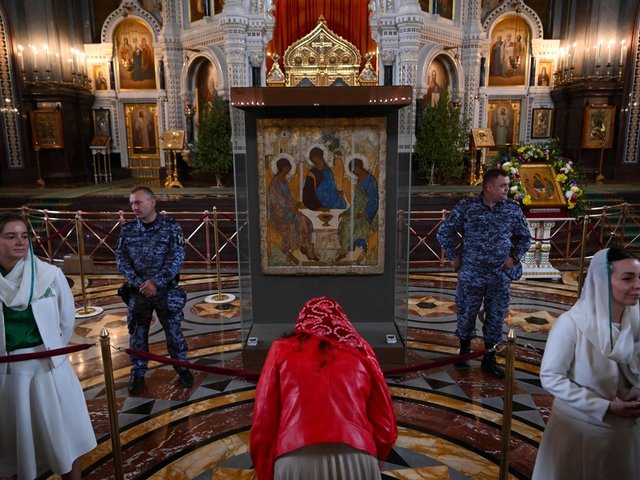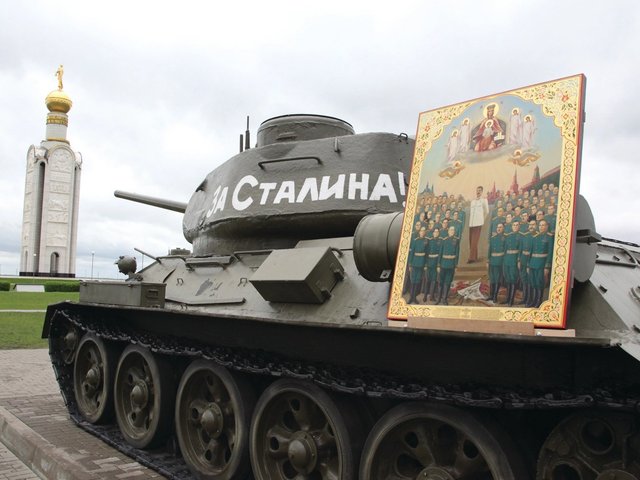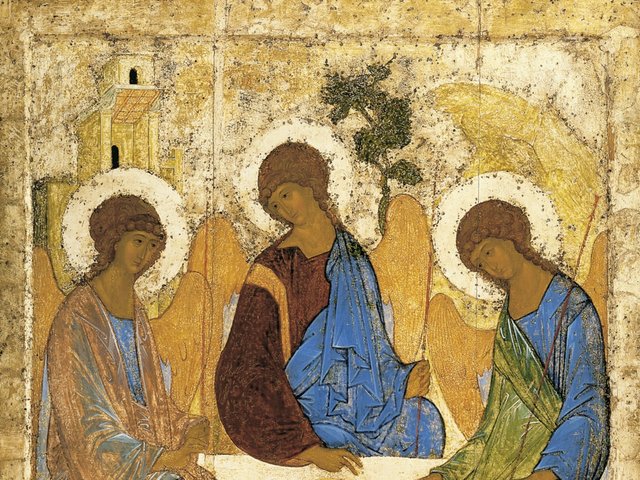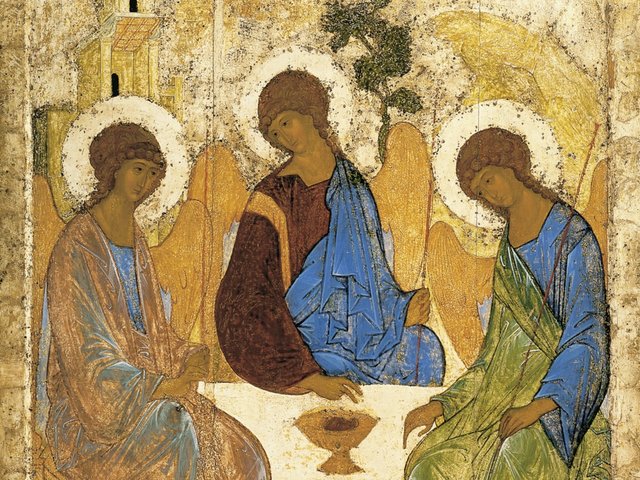The Hermitage Museum in St Petersburg has agreed with the Russian Orthodox church to return the silver sarcophagus of St Alexander Nevsky to the cathedral of that name, also in St Petersburg.
The sarcophagus is enclosed in an exquisite silver baroque monument, the largest silver monument in the world, commissioned by the Empress Elizabeth in 1743. The pyramid-shaped construction is 16 foot high and topped by angels holding inscribed shields. There are two pedestals to each side supporting arms and banners, two massive candelabras and the box shaped sarcophagus, itself decorated with battle scenes in high relief and surmounted with a crown and broken sword. It was designed by the court portrait painter Georg Christoph Groot and currently decorates one wall of the Hermitage Concert Hall.
Alexander Nevksy was a hero of the 13th-century Russian wars and declared a saint in 1549. Peter the Great chose him as the patron Saint of St Petersburg and commissioned the cathedral to be built. The monument stood there for almost two centuries until religion was outlawed by the Soviets. Over the past 100 years the Hermitage has saved the monument from being destroyed on four occasions. It was moved to the museum for an exhibition aimed to protect church silver from being melted down in 1922 and it has been under threat on three further occasions.
"The Hermitage consenting to hand over a masterpiece of world art to the Alexander Nevsky Monastery is a striking event of world significance", says Mikhail Piotrovsky, the director of the Hermitage. "The Hermitage is proceeding from an understanding that, at the present geopolitical moment, the reunification of relics with the tomb on the territory of the monastery has acquired a particular relevance for the fate of the country and of social peace within it. Today, the artefact’s religious significance is more important than its artistic value. For decades, the situation was the opposite."
Piotrovsky has been vocal about his support for Russia's invasion of Ukraine, stating in interviews that “it is important for me to be with my country when it makes a historic choice”.
This week’s agreement stipulates that the Hermitage is handing over the monument for 49 years with the possibility of an extension. It also states that the church must ensure the atmospheric conditions for its preservation. The tomb is currently the property of the Museum Fund of Russia, which owns all of the Hermitage's exhibits, and has been ceded to the church. The deal has been approved by the ministry of culture and the Patriarch Kirill, the head of the Russian Orthodox Church, who has close ties with President Vladimir Putin and is also supportive of his war effort.
"The Hermitage is once again offering the world a specific recipe for the solution of one of the most pressing global problems—the restitution of cultural treasures, making its contribution to a discussion, at the sharp end of which is the celebrated Parthenon frieze in the British Museum," Piotrovsky added.
The answer, he maintains, is, essentially, only to make a transfer when the current owner has been convinced that the recipient will keep the treasure safely using methods of atmospheric and other modern methods of preservation.
"The main criterion for the fate of cultural artefacts is not the physical location, but the preservation of the object within the sphere of the museum field or outside it," he concluded.
• Geraldine Norman is the author of The Hermitage: the Biography of a Great Museum (1997). She is the founder of the bi-annual Hermitage Magazine and of the Hermitage Foundation UK, which stopped operating when Russia invaded Ukraine in 2022.






